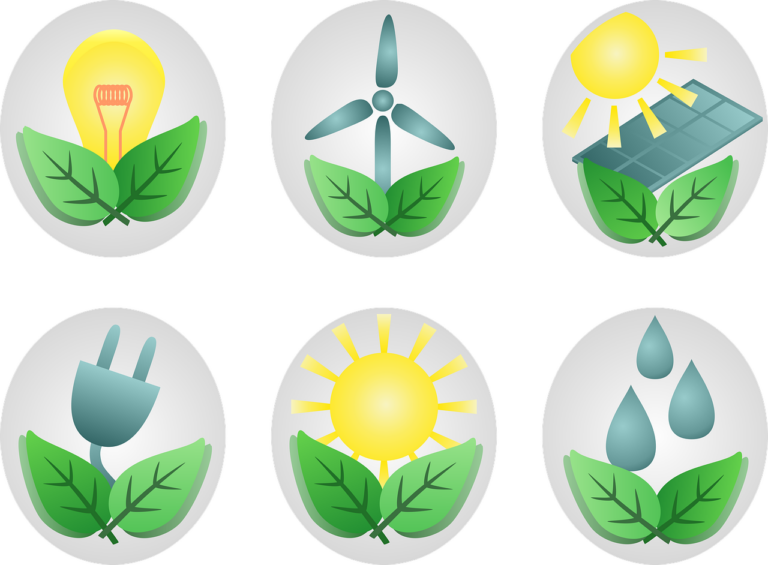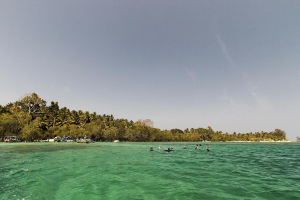
New Delhi: There were a total of 25 events of magnitude ranging between 3.8 and 5.0 on July 4 and 5, 2022, with the epicentral locations of the earthquakes lying between the West Andaman Fault (WAF) and Andaman Spreading Ridge (ASR).
According to the National Center for Seismology, the continuous occurrences of earthquakes in the magnitude range varying between Magnitude 3.8 and Magnitude 5.0 suggest the release of accumulated seismic strain due to the perturbation of the stress level in the areas of the subducting Indian plate and its surroundings.
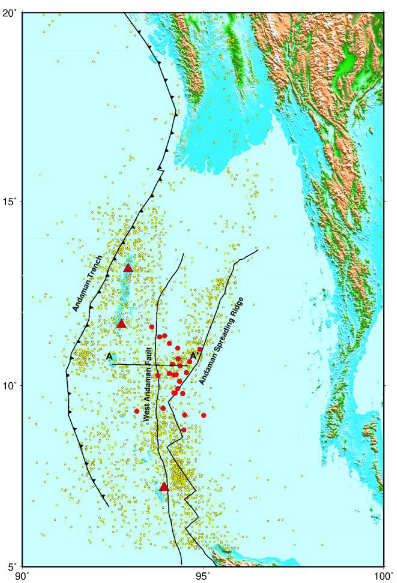
The recently occurred sub-oceanic earthquakes for the last 2-days were analyzed and found the distribution of earthquake epicentres is well corroborated with seismo-tectonic settings of the Andaman-Nicobar region, and the NCS said that the depth distribution of the 2022 earthquakes sequence suggests that event is mostly concentrated at mid-crustal depth and along back-arc spreading.
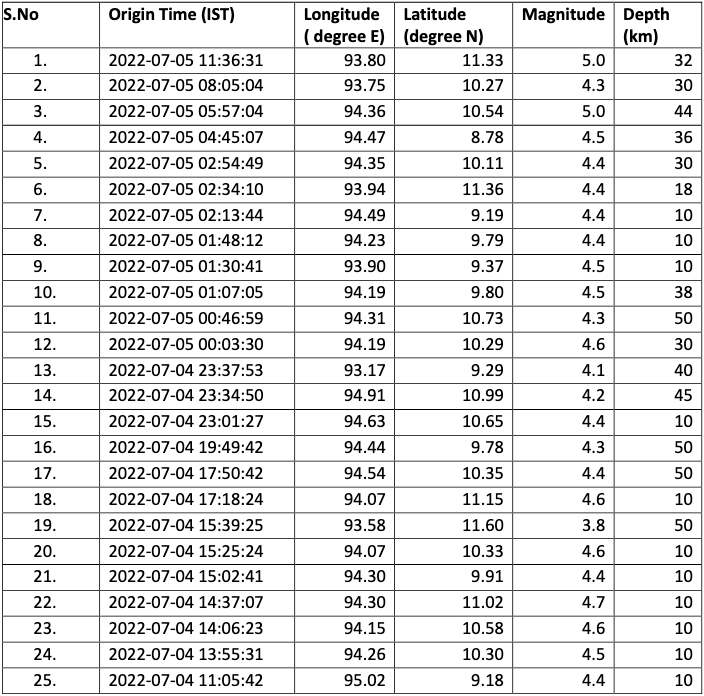
The back-arc basin in the Andaman Sea region has experienced several swarms as well as aftershocks activity in the past five decades with varying depth and magnitude. The present earthquake activity is not unusual and witnessed such activity in the past.
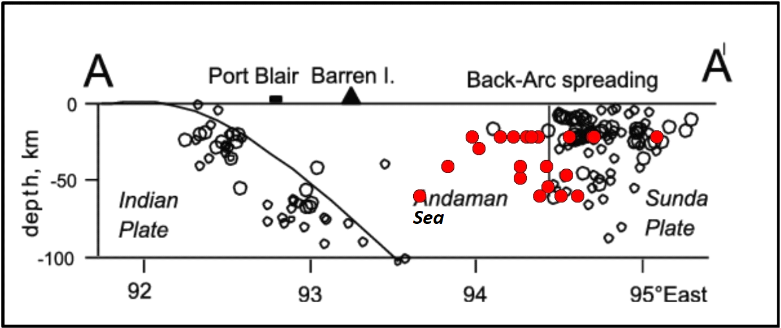
The NCS points at three major phases of swarm activities, namely, during 1983–1984, 1993 and 2005 and major aftershocks activity of 2009-2010 that have been reported.
The 1983–1984 swarm consisted of about 50 seismic events (3.5 < Mw < 5.5). During the period December 1983 to March 1984, the swarm clustered along the eastern side of the Alcock Rise (at around 12°N and 95° E) on the NE-SW-oriented ASR. The 1993 swarm included only about 35 seismic events (3.5 < Mw < 5) that were clustered at the southwest segment of the central Andaman Spreading Ridge (ASR) (at about 10°N and 94.2°E). During the period January 26, 2005, to February 2, 2005, the most intensive aggregate earthquake swarm called the Nicobar cluster consisted of about 400 events of 3.9 < Mw < 5.9 occurred in the Andaman Sea, the back-arc region of the Sumatra-Andaman subduction zone, between the Car-Nicobar and Great Nicobar Islands of India (at about 8°N and 94°E). There are also some major Aftershocks activities during the period from June-November 2008, August 2009 to June 2010 occurred at Andaman Trench and Andaman spreading Ridge, indicating the continuous release of seismic strain in the region from time to time.
It may be mentioned that the Andaman & Nicobar region is situated between latitude 6°-14°N and longitude 92°-94°E. The region represents a complex topography comprising a volcanic arc system, back-arc spreading ridge, several sea mounts and faults. A NE-SW trending spreading system, Andaman trench, West Andaman fault (WAF), Sumatra fault system, Eastern margin fault, and Diligent Fault are the main active tectonic features in and around the A&N region.
The region has been placed in Zone-V, the highest level of seismic hazard potential, according to the seismic zonation map of India (Bureau of Indian Standards (BIS), 2016).
– global bihari bureau



